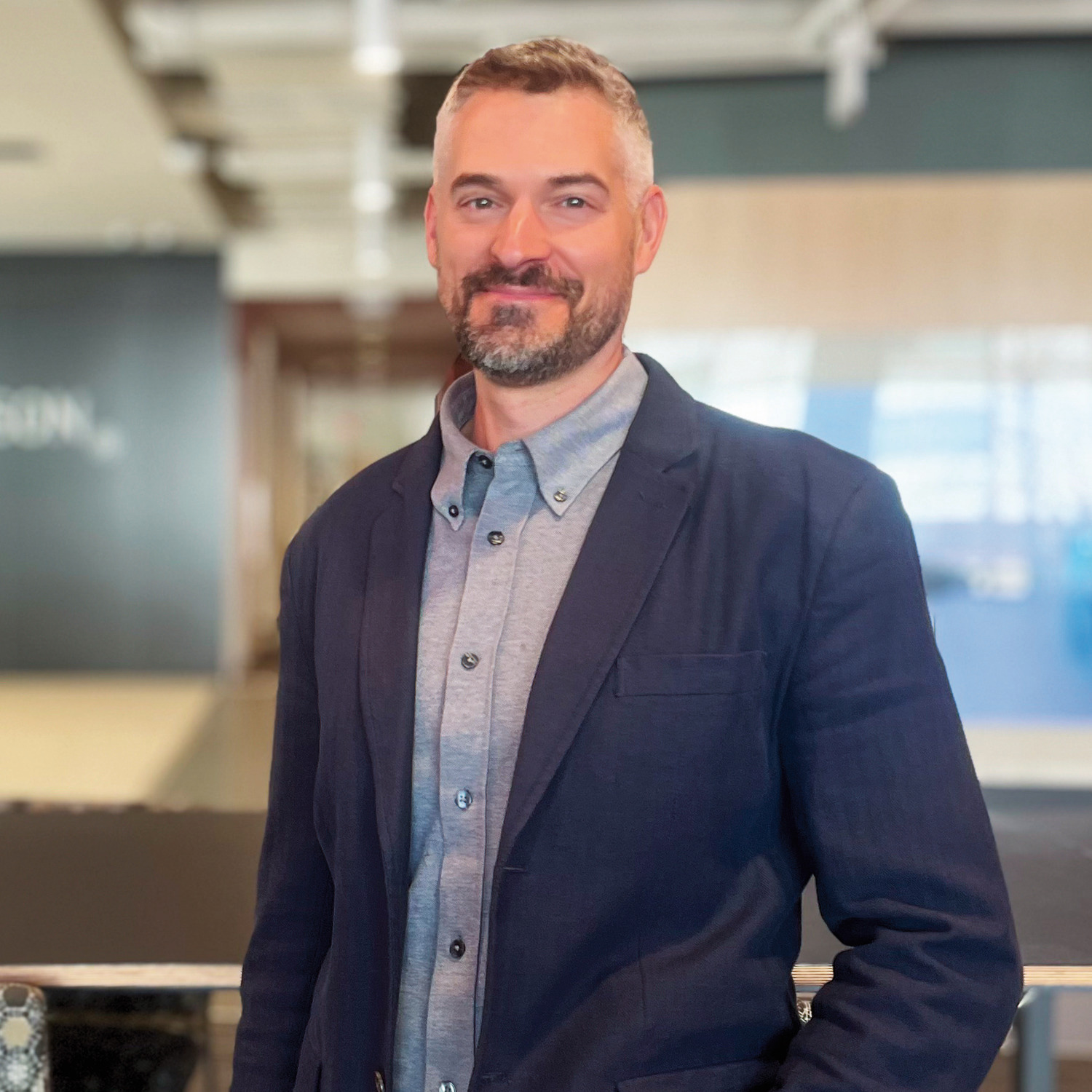Last month, Kraus-Anderson, the construction management and real estate development firm, announced that it had hired Nate Enger as Design Phase Services Manager to act as a go-between for the firm and its architect partners. Enger, an architect himself, has more than two decades of design collaborative expertise, most recently as a partner and vice president with ESG Architecture & Design. He also worked as a senior design architect with Ryan Companies. Enger and Chad Rempe, Kraus-Anderson’s other Design Phase Services Manager, spoke to BD+C via email about their roles. The following is an edited version of that conversation.
BD+C: In your capacity as design phase services manager, you will act as a liaison between Kraus-Anderson’s precon services and the architect-designers it works with on projects. How do you see the scope of your responsibilities?
Enger: We see this role as an opportunity to educate and align the team with holistic project goals, which include architecture, but also focus on finding ways for the full project team to innovate outside of the constraints of traditional project delivery methodology. My role will be to help catalyze collaboration during the formative phases of the project to realize value for our owners, and to help foster a culture of mutual project ownership among project teams.
Why did the firm feel the need to bring on a design-phase service manager at this time?
Rempe: Prior to hiring Nate, I've been the only Design Phase Services Manager within our Preconstruction Team. With Nate joining our team, we're doubling our capacity to better serve our clients and project teams in managing the design and preconstruction phase of a project. As a Design Phase Services Manager, Nate will [work with] our project architect/design partners to ensure project teams are aligned on the project goals and objectives, while also ensuring the right resources are engaged at the right time to deliver effective and efficient design.
Aside from Nate, does Kraus-Anderson have any other architects or designers in its employ?
Rempe: Kraus-Anderson does have two additional architects on staff. One works within our Preconstruction Team as a Building Science Manager, and another works as a Strategic Facility Planner.
Aligning designers with firm's project team
Nate, your resume includes stints with architecture and construction firms. How might that background color your perspective about projects and team collaboration?
Enger: I believe the key to successful partnerships is context. Working within both [architects and contractors] gives me unique insight into the objectives and values that drive the two sides of the industry. Knowing what defines success for each of these groups (among the many [factors] that contribute to the design and construction of projects) affords an opportunity to identify common ground and context on which to form a partnership of mutual respect, shared passion, and diversity of thought.
The opportunities and challenges we have as an industry will benefit from a true collaboration that harnesses these varied skillsets under a model that encourages knowledge sharing and innovation, in contrast to an approach of accepting partners as a necessity of the process.
We recently posted an article about a cancer center in California that's being designed and built under a Collaborative Project Delivery contract. Does your hire in any way signal what kinds of project contracts Kraus-Anderson favors, now and in the future?
Enger: I cannot speak specifically to contracts, as often we cannot control the type of contract vehicle that is executed. What I can say is that the intent we have through my hiring and many other exciting changes afoot here at Kraus-Anderson is to provide owners with more comprehensive project evaluation, earlier in the process, utilizing flexible team structures to solve challenges unique to each project. We plan to do this through identifying a shared set of values between ownership and the broad project team, breaking down traditional structures between disciplines that roadblock collaboration and innovation, and providing open, transparent, and timely access to project data as it is developed.
What are the first projects Nate will be working on?
Rempe: A few of the initial projects will be for KA's development team working through conceptual master planning efforts.
Related Stories
Museums | Aug 29, 2024
Bjarke Ingels' Suzhou Museum of Contemporary Art conceived as village of 12 pavilions
The 60,000-sm Suzhou Museum of Contemporary Art in Suzhou, Jiangsu, China recently topped out. Designed by Bjarke Ingels Group (BIG), the museum is conceived as a village of 12 pavilions, offering a modern interpretation of the elements that have defined the city’s urbanism, architecture, and landscape for centuries.
Adaptive Reuse | Aug 28, 2024
Cities in Washington State will offer tax breaks for office-to-residential conversions
A law passed earlier this year by the Washington State Legislature allows developers to defer sales and use taxes if they convert existing structures, including office buildings, into affordable housing.
Industrial Facilities | Aug 28, 2024
UK-based tire company plans to build the first carbon-neutral tire factory in the U.S.
ENSO, a U.K.-based company that makes tires for electric vehicles, has announced plans to build the first carbon-neutral tire factory in the U.S. The $500 million ENSO technology campus will be powered entirely by renewable energy. The first-of-its-kind tire factory aims to be carbon neutral without purchased offsets, using carbon-neutral raw materials and building materials.
Building Technology | Aug 23, 2024
Top-down construction: Streamlining the building process | BD+C
Learn why top-down construction is becoming popular again for urban projects and how it can benefit your construction process in this comprehensive blog.
Airports | Aug 22, 2024
Portland opens $2 billion mass timber expansion and renovation to its international airport
This month, the Portland International Airport (PDX) main terminal expansion opened to passengers. Designed by ZGF for the Port of Portland, the 1 million-sf project doubles the capacity of PDX and enables the airport to welcome 35 million passengers per year by 2045.
Adaptive Reuse | Aug 22, 2024
6 key fire and life safety considerations for office-to-residential conversions
Office-to-residential conversions may be fraught with fire and life safety challenges, from egress requirements to fire protection system gaps. Here are six important considerations to consider.
Contractors | Aug 22, 2024
Growing a $250 million business by focusing on preconstruction, with Wes Palmisano
One of the most critical aspects of successfully growing a construction company is the often-overlooked preconstruction phase.
Resiliency | Aug 22, 2024
Austin area evacuation center will double as events venue
A new 45,000 sf FEMA-operated evacuation shelter in the Greater Austin metropolitan area will begin construction this fall. The center will be available to house people in the event of a disaster such as a major hurricane and double as an events venue when not needed for emergency shelter.
Contractors | Aug 22, 2024
Why all construction business problems are people problems, with Eric Anderton
In the chaotic construction world where systematization is not a norm, it’s safe to say that people’s problems remain the biggest main challenge.
Contractors | Aug 21, 2024
The average U.S. contractor has 8.4 months worth of construction work in the pipeline, as of July 2024
Associated Builders and Contractors reported today that its Construction Backlog Indicator held steady at 8.4 months in July, according to an ABC member survey conducted July 22 to Aug. 6. The reading is down 0.9 months from July 2023.

















